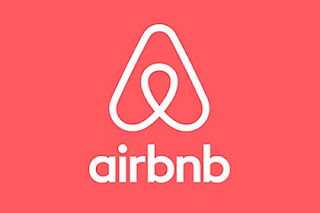By Ian Thompson, Data Analyst
Successful Diversity,
Equity, and Inclusion (DEI) is more than just checking off boxes about gender
and race. It’s about new types of workplace conversations, personal
self-awareness, courage to call out micro-aggressions, organizational culture
change, increased innovation, and a thorough data-driven DEI approach.
So, what is DEI data?
Beyond demographic information such as race, age and gender (which covers
Diversity), how do you measure Equity and Inclusion? The E and I data come
mostly from surveys and solicited feedback from employees and applicants. One of the outcomes of DEI is to create a
more positive work environment for all. Therefore, the primary way to know
where to start for E and I data is by collecting data on the current sentiment
of your employees.
Consider the following
key metrics when collecting DEI data from your employees and other sources:
·
Demographics: All employees by function,
level/seniority and tenure by group.
·
Employee
satisfaction/engagement: Scores
and survey results by group. Includes question set, and any other surveys aimed
at employee perceptions.
·
Attrition
data for each group, ideally by role,
function, and tenure (separated by voluntary and involuntary).
·
Qualitative
attrition data: Exit interviews
identified by group.
·
Compensation
data, including bonuses,
rewards, pay increases, etc. by group, including new hires.
·
Recruiting
data: Number and
percentage hired by group, per job type, role, and level.
·
Numbers
and percentages of job applicants by group, by source, and stage of hiring process achieved
(e.g., screening to hire).
·
Promotions
by group, broken down by level
and time to each promotion.
·
Performance
scores/evaluations by group and by
level/rank, role, tenure in organization and in current role. Include
qualitative data surrounding performance reviews.
·
Career
Development: Enrollment in programs
by group. Nominations to leadership positions. Number of mentoring and coaching
programs.
·
Internal
and external complaints,
such as discrimination, bias, harassment, and the resolution status by group.
Fundamentally, DEI
data analysis will expose the demographic gaps in the above areas to identify
where to focus. For example, a DEI survey can show that African American
employees feel as though not all employees are treated equally when it comes to
compensation, career advancement and following rules. Looking at the below
figure, we can see that more than half of African American respondents disagree
to some extent about many of the Equity statements.

Looking at the
statements that start with “Compensation, benefits…” we
can see the most egregious disagreement among the African American workforce.
65% of African American respondents disagree with the statement to some degree,
while only 25% of the non-African American respondents with Somewhat Disagree to the same question. This
comparison can indicate what might be happening. Primarily, it signals that
employees perceive leadership holding a bias toward certain demographics. Since
most African American respondents feel as though there is equal access to
professional development opportunities, the inequities appear to be coming from
the supervisor positions. Whether it is predominantly non-African American
leadership acting on conscious or unconscious bias toward their employees,
action is apparent when it comes to equal compensation and benefits. Remember,
identifying this gap does not make it magically go away just because you know
it exists; it is merely a conversation starter toward action.
DEI surveys shed light
on inequities such as the one above and much more. If your organization is struggling to initiate change in the
workplace, now is the time to collect data and use its insights to drive change.
Does your organization have any other tools to measure DEI? Share them below.
If you are looking for an online DEI assessment, check out DEI360.org.
Let’s
share experiences. Leave a comment below, send me an email,
or find me on Twitter.
















